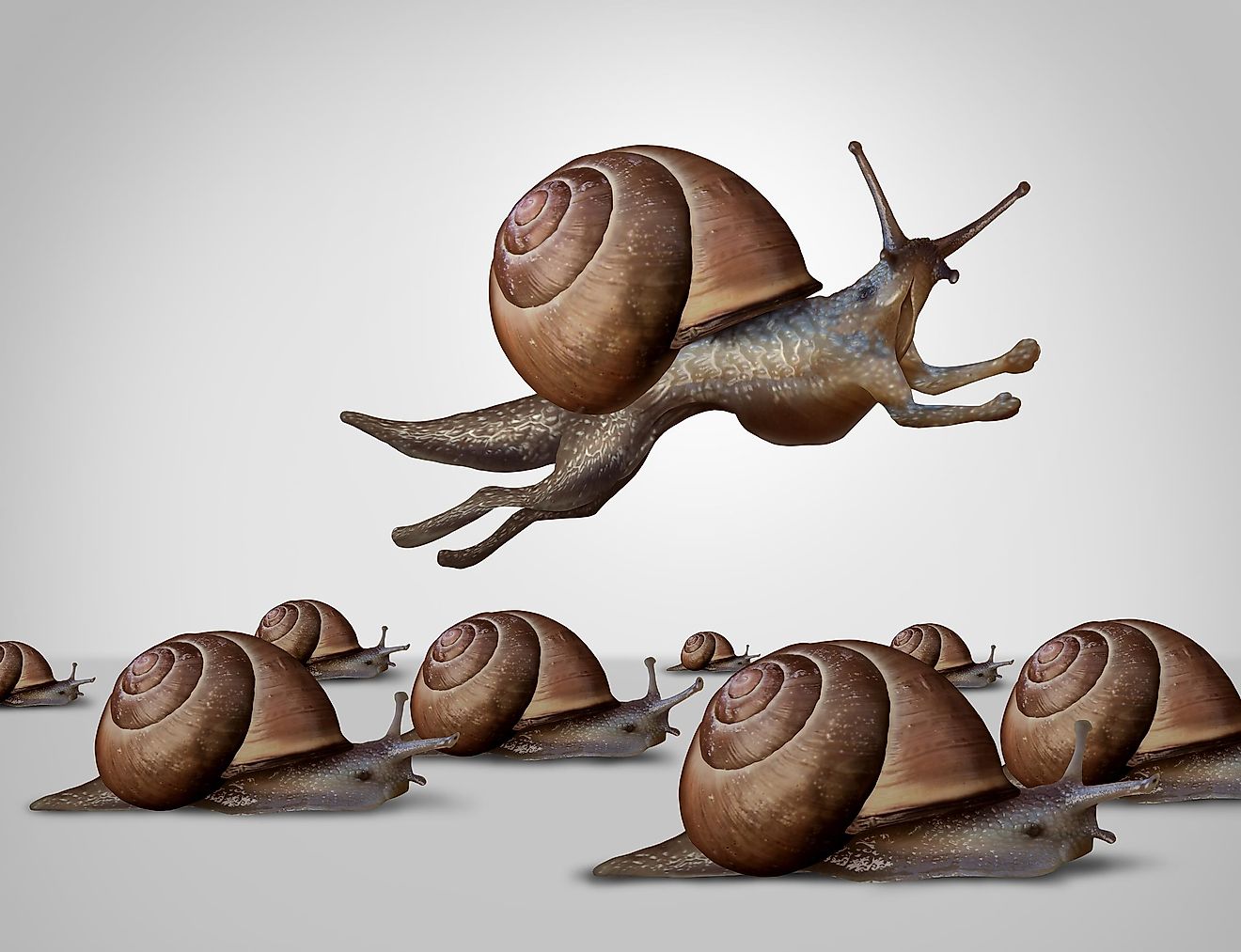What Is A Behavioral Adaptation?

- Behavioral adaptations are changes in behavior that certain organisms or species use to survive in a new environment.
- Some examples of behavioral adaptations are diurnality and nocturnality, or the migration of birds.
- Behavioral adaptations are mostly learned, not inherited.
Organisms adapt and change to make their lives more comfortable, especially when faced with new circumstances and surroundings. And that is precisely what a behavioral adaptation is. It is the process of change that an organism or an entire species go through to better fit into its environment.
The opposite of behavioral adaptation is structural adaptation. Structural adaptation is the appearance of new physical features in a species, in order to give it more advantage while surviving in its environment. Some adaptations can happen very fast, while others can take years.
Animals Can Adapt To Circumstances
There are numerous examples of behavioral adaptation: the reason for this is that most behavior that has the goal of ensuring the survival of a species or just a specific organism can be considered to be a behavioral adaptation. Some of the most commonly mentioned ones are diurnality and nocturnality.
Diurnality is the trait of an organism that is active during the day, while nocturnality describes the ones that are active during the night. The reason for the development of a nocturnal lifestyle could be because a species has better chances of surviving during the night. There could be predators roaming about during the day, so certain animals adapted their behavior to be able to lead normal lives during nighttime.

The goal of behavioral adaptations does not need to be the survival of a species exclusively, or even the possibility to raise the chances of survival. There are numerous reasons why animals or other organisms adapt to their environments. For example, the females in certain species of flies will only mate with male flies that feature more unusual traits. This behavior does not influence their chances of survival at all. However, it helps in the development of genetic variation, and with that, their entire species can live more successfully.
Learning To Adapt
Most other kinds of adaptations can be inherited, but behavioral adaptations are learned in the majority of cases. An example we can use to illustrate better this is the differences between animals that are living in the wild and those that live with humans. Animals in the wild are afraid of humans and will often run away when they see us; however, those living in urban areas know their way around us.
They mostly see humans as a source of food and tend to behave in a way that they believe will bring them something to eat. This is an example of a behavioral adaptation that was learned and not inherited.
Other examples of behavioral adaptation include the migration of birds. Some bird species fly south in the fall to escape the cold winter. Changes to the way an animal lives that are made to stay alive are almost always behavioral adaptations. Our world is continually changing, so animals need to find various ways to deal with those changes. Physical adaptations can serve that purpose as well.
Chameleons can change the color of their bodies. They do this to hide from their enemies, which is one of the ways they try to survive. Animals that can adapt to their environment survive and are able to breed and continue their species. The physical adaptations that helped them survive are passed down to future generations. The various behavioral adaptations made throughout the years get passed on to younger animals as well, by learning.











